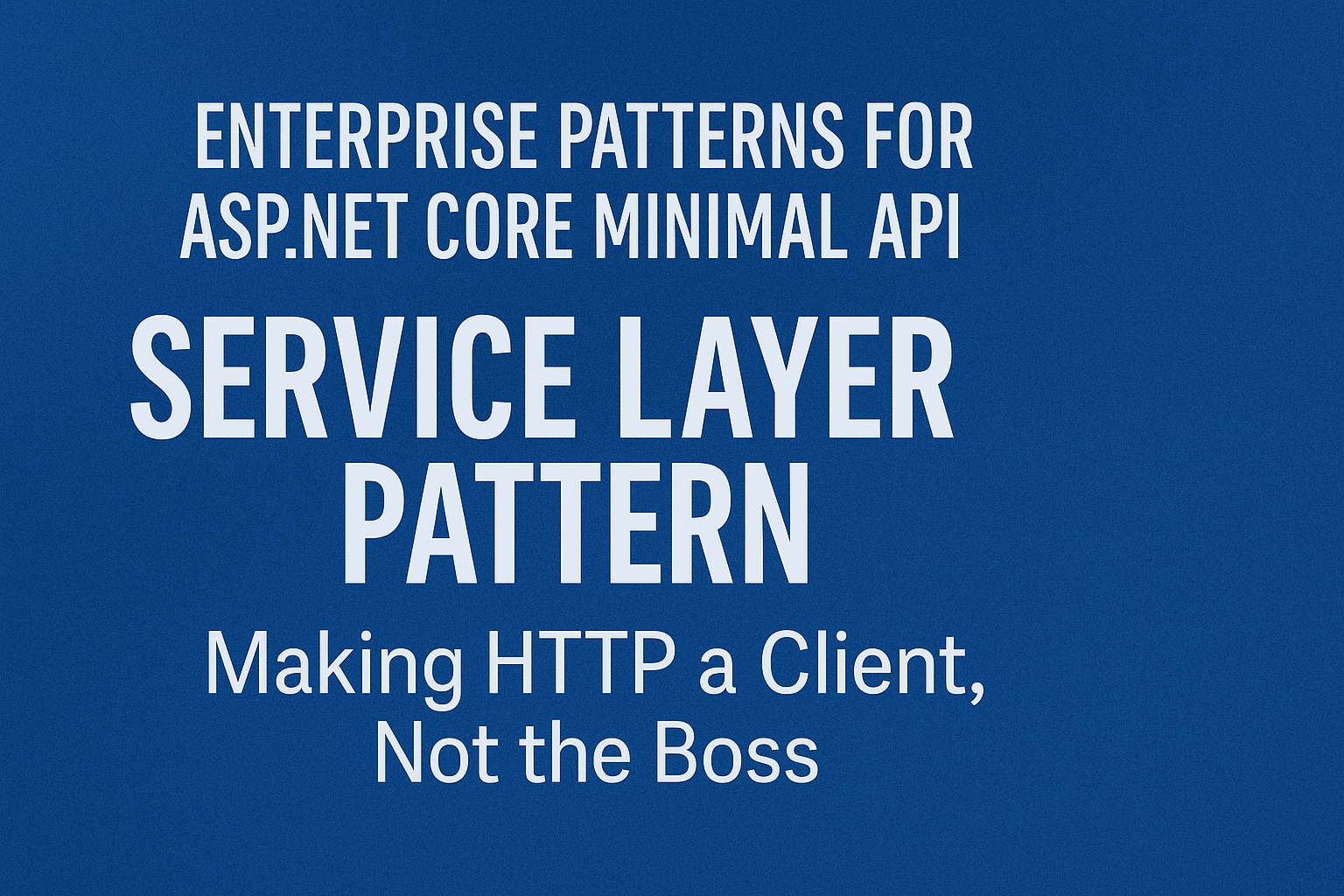
Debugging htmx in ASP.NET Razor Pages: Tips, Tricks, and Tools
- Chris Woodruff
- April 6, 2025
- htmx
- asp.net, asp.net core, htmx, web development, webdev
- 0 Comments
Welcome back, fellow developer! So you’ve embraced htmx to make your ASP.NET Razor Pages more interactive and excellent. But just like anything in development, things can go wrong. And when they do, you need to know how to fix them. Today, we’re diving into debugging HTMX requests and responses like a pro.
Common Issues When Working with htmx
Before we get into the troubleshooting techniques, let’s talk about the usual suspects that cause htmx-related bugs.
1. Incorrect Endpoints
If you’ve ever written a bad URL in your hx-get or hx-post, you know what I’m talking about. htmx won’t complain. It’ll just send a request to nowhere.
2. Missing hx-target
You’ve set up your hx-get request, but nothing’s happening. Nine times out of ten, it’s because you forgot to specify where to render the response.
3. Wrong HTTP Method
Trying to hx-post but your server-side method is handling OnGet() instead of OnPost()? That’ll do it.
4. Returning Plain Text Instead of HTML
htmx expects HTML, not JSON. If you return JSON without setting up the right expectations, it won’t know what to do with it.
How to Debug htmx Requests and Responses
Luckily, htmx provides some helpful tools to make debugging easier. Let’s walk through them.
1. Using Browser DevTools
This should be your first stop.
- Open the Network Tab in your browser’s DevTools.
- Filter by XHR to see your htmx requests.
- Check the Request URL, Method, and Response to verify everything is wired up correctly.
Example
Let’s say you have a form that adds new comments to a list.
Comments.cshtml
@page
@model CommentsModel
<!DOCTYPE html>
<html>
<head>
<title>Comments</title>
<script src="https://unpkg.com/htmx.org"></script>
</head>
<body>
<h1>Comments</h1>
<div id="comments">
@foreach (var comment in Model.Comments)
{
<p>@comment</p>
}
</div>
<form hx-post="/Comments/AddComment" hx-target="#comments">
<input type="text" name="comment" placeholder="Add a comment" required>
<button type="submit">Post Comment</button>
</form>
</body>
</html>
Comments.cshtml.cs
using Microsoft.AspNetCore.Mvc;
using Microsoft.AspNetCore.Mvc.RazorPages;
using System.Collections.Generic;
namespace YourNamespace.Pages;
public class CommentsModel : PageModel
{
public static List<string> Comments = new() { "First comment", "Second comment" };
public void OnGet()
{
}
public IActionResult OnPostAddComment(string comment)
{
if (!string.IsNullOrWhiteSpace(comment))
{
Comments.Add(comment);
return Content($"<p>{comment}</p>", "text/html");
}
return BadRequest("Comment cannot be empty.");
}
}
What to Check
- Is the request URL correct? It should be
/Comments/AddComment. - Is the request method correct? It should be POST, not GET.
- Is the server returning valid HTML? Use the Response tab in DevTools to confirm.
2. Enabling htmx Debug Mode
htmx comes with a debug mode providing extra console logging. To enable it, add this line to your HTML:
<script>htmx.logAll();</script>
Now, every htmx interaction will be logged to your browser console. You’ll see what’s being sent, what’s received, and where things go wrong.
3. Using hx-on:error
You can add an hx-on:error attribute to catch errors and display them gracefully.
<form hx-post="/Comments/AddComment" hx-target="#comments" hx-on:error="alert('Something went wrong!')">
This will pop up an alert if something goes wrong on the server side.
4. Checking Server Logs
Always check your server logs for exceptions or errors. If your C# handler throws an exception, you’ll see it here.
Tools and Techniques for Better Development Workflow
To make your htmx development workflow smoother, consider the following:
Using Hotwire for Local Development
Hotwire is a Python-based tool for rapid prototyping. It lets you simulate backend responses without running a real server.
Using hx-boost and hx-trigger Wisely
- Make sure your triggers are appropriate for the task. For example,
hx-trigger="click"is common but not always necessary. - Consider using
hx-trigger="changed"for form fields to update content as the user types.
Setting hx-swap Correctly
- If you want to append content instead of replacing it, use
hx-swap="beforeend". - If you want to replace the entire element, stick with
hx-swap="outerHTML"(the default).
Recap
- Always check your URLs, HTTP methods, and server responses.
- Use browser DevTools to inspect requests and responses.
- Enable htmx debugging with
htmx.logAll()for better visibility. - Use
hx-on:errorto handle issues gracefully.
htmx is powerful, but knowing how to debug it effectively makes it even better. Next time, we’ll dive into performance tuning and making your htmx apps feel buttery smooth.






